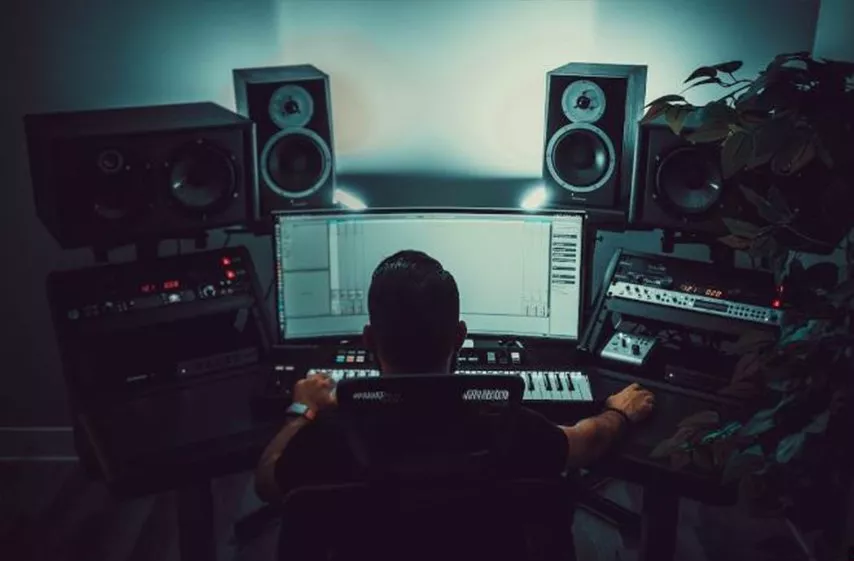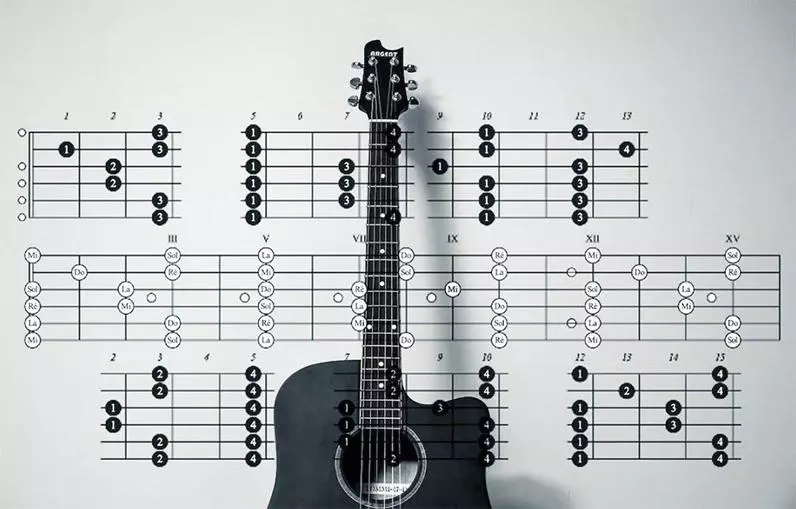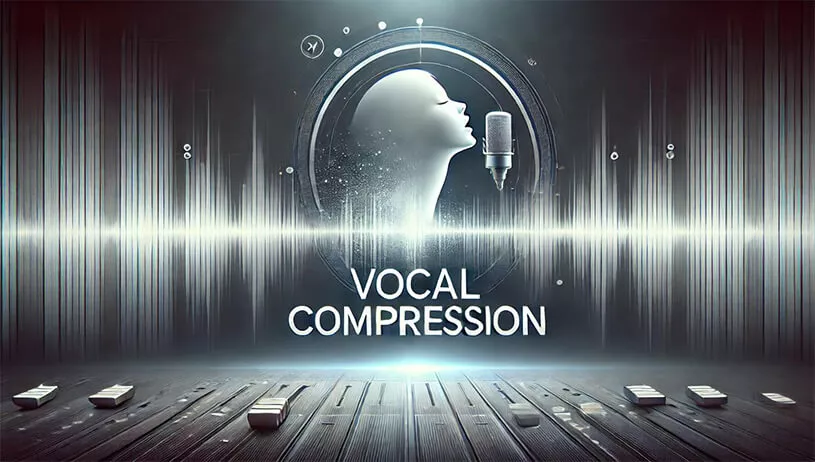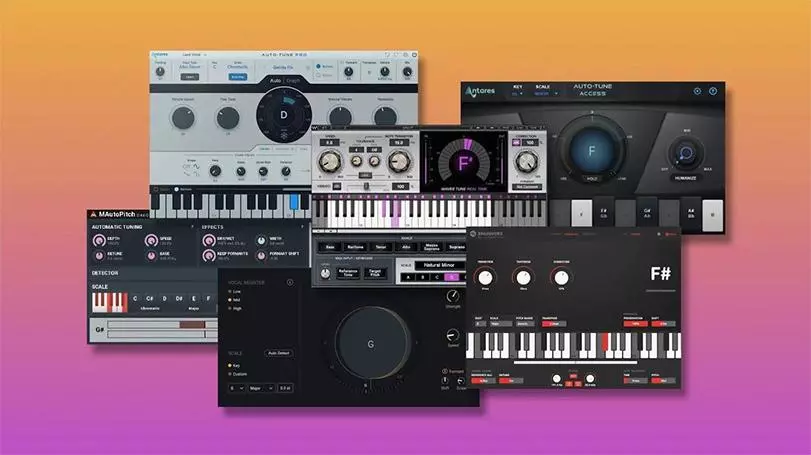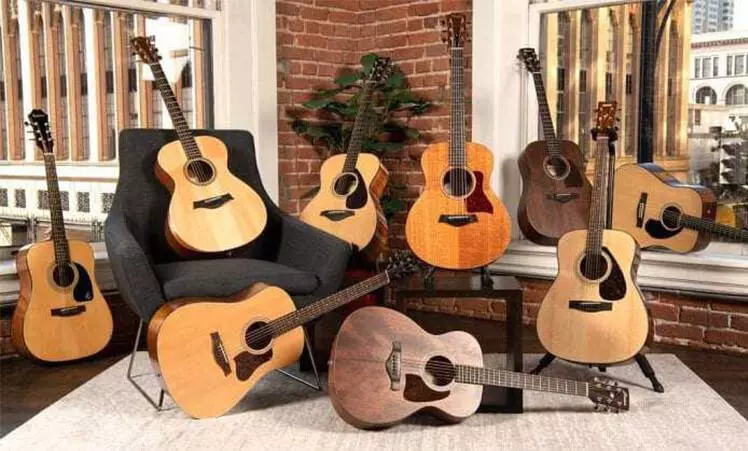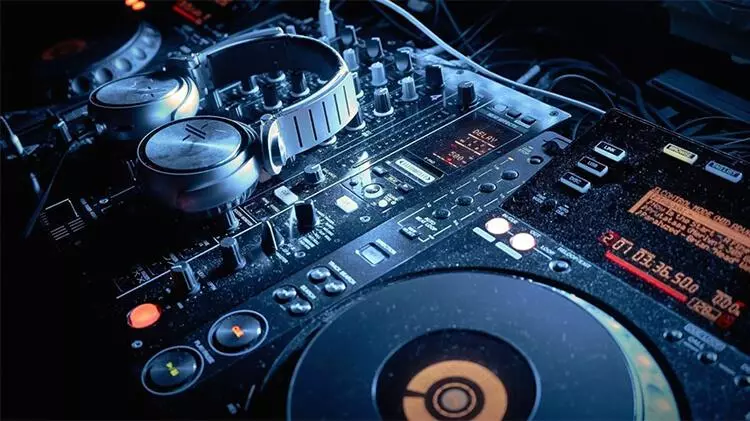Mono vs Stereo: Which Format is Better to Use When Working with Music

When you start working on a new track, you are faced with a dilemma: which audio format is better to work in – mono or stereo? This question can be more complicated than it seems at first glance. Let’s figure out what the differences are between mono and stereo, how our ears perceive both formats, and which sound elements are better left in stereo and which are converted to mono.
What is mono
Mono is a single-channel audio format where the audio signal is delivered to the listener from the center, with no information about the left or right channel. Mono sound lacks the sense of space and direction of sounds.

Mono was the first standard for recording music. In the early and mid-20th century, most audio systems and record players had a single speaker, so all music was recorded in single-channel format. Many famous compositions recorded before the 1960s are only available in mono. Today, single-channel recordings are rare, as stereo and multi-channel sound have become the standard. However, mono still plays an important role in the music industry.
What is Stereo
Stereo is a two-channel audio format that, unlike mono, transmits information over two independent channels: left and right. In a stereo recording, the signals can differ depending on the channel, creating a richer and more voluminous sound.
The stereo signal is based on the binaural effect, which simulates the perception of sound by two ears. The left channel transmits sound to the left ear, and the right channel to the right. Differences in volume, arrival time, and timbre of the signals in each channel help the brain determine the location of the sound.
The distribution of sounds in stereo space is called spatialization, which plays an important role in psychoacoustics. The ability to correctly position sounds and choose their volume is a key skill for a sound engineer.
The first experiments with stereo sound recording began in the 1930s, although the principles of two-channel sound were developed as early as 1881. Due to the high cost and complexity of multichannel systems, stereo recording did not become widespread until the 1950s, when affordable stereo tape recorders and players became available.

Musicians and listeners quickly appreciated the benefits of stereo sound, which allowed flexible placement of audio signals to create a sense of presence. Since the 1960s, stereo has become the dominant standard for music production.
What is the difference between monophonic and stereophonic sound?
What is the difference between monophonic and stereophonic sound? A monophonic recording is created using a single audio channel, while a stereo file is recorded using two channels.
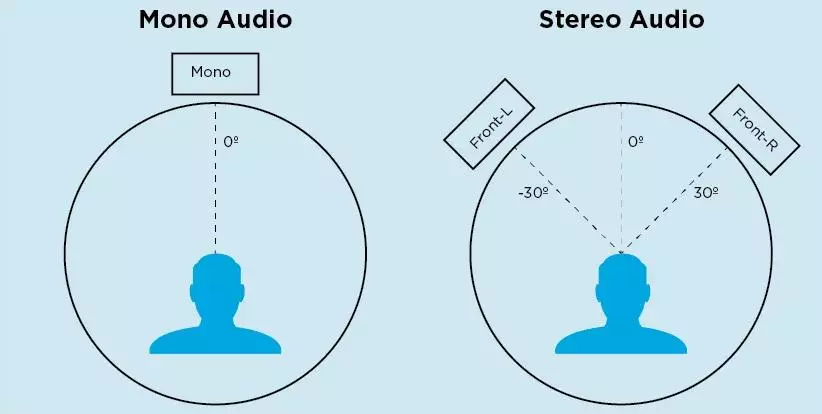
Until the late 1960s, monophonic sound was dominant, but then most listeners switched to stereo systems, preferring records with characteristic stereo effects. To satisfy different preferences, record companies released both mono and stereo versions of records.
Today, most audio is consumed through stereo systems, although in some cases, such as clubs, monophonic playback may be used. The main difference between monophonic and stereophonic sound is their perception: monophonic sounds are perceived as central, while stereophonic sounds create a sense of width and location between the left and right channels.
The process of recording in mono and stereo are different approaches. In monophonic recording, one microphone is used on one channel. Since such recordings are not divided into two channels, they often sound powerful and are perceived as concentrated in the center of the stereo field.
Stereo systems create the impression of spatial localization of sound, with each sound element appearing to be located at a specific point. Monophonic recordings feel especially clear in this environment and can seem louder.
Monophonic recording is used when you want to get the pure sound of an instrument or vocal, without taking into account the surrounding space. This is suitable for recording lead vocals or instruments such as acoustic guitar. If you are unsure, you can always record in mono and decide how to distribute the track in the stereo field later.
When to use mono tracks?
Almost always. It seems that a lot of mono tracks will make the mix flat and narrow, but in fact the opposite happens: the more mono tracks in a project, the cleaner and more organized the sound becomes.
Although modern music is usually recorded in stereo, most tracks in a project should be left in mono. All signals that do not contain specific stereo information should be single-channel. When working with mono, the problem of mix flatness disappears, since tracks can be freely placed anywhere in the stereo field.
The easiest way to create a wide mix is to distribute the tracks in space in a structured manner. The idea is to place some elements of the mix as far left and right as possible in the stereo field, leaving the rest closer to the center. Each person decides for himself which sounds to place where, based on the arrangement and composition.
When to Use Stereo Tracks
Stereo tracks are used when it is necessary to convey the natural spatial characteristics of the recorded sound. For example, drum overheads, room mics, piano recordings, synthesizers and backing vocals are best left in stereo. Busses and sends, such as reverb and delay, should also be kept in stereo.
Stereo sources add realism and spaciousness to the mix. The peculiarity of a stereo signal is that the information in the left and right channels is different. Although some of the data may be the same, overall they are different.
If the data in the left and right channels completely match, the sound is perceived as central, indistinguishable from a mono signal. But when the information on the left and right differs in timbre, volume and time (for example, with double tracking), the signal takes its place in the stereo field, without interfering with other sounds.
However, in reality, no stereo track contains completely different information in each channel. Some data always matches, forming a mono signal. If there are many stereo tracks in the mix, these mono elements can fill the entire mix space, merging in the center and interfering with each other. This can lead to a narrowing of the panorama and a decrease in the width of the stereo image. When choosing between mono and stereo, it is worth remembering that two mono tracks with different information will never interfere with each other. Their differences and panoramic position will not allow them to merge in the center of the mix. Therefore, if possible, it is better to record two mono tracks, separate them by panorama and combine them on the bus than to work with one stereo track.
Mixing Music to Mono
When creating a wide-sounding mix, mono is often the primary format for processing tracks. Mixing to stereo helps you understand how the mix will be perceived by the listener, but it can also make it more difficult to spot serious conflicts between signals.
Panning adds an extra variable that can complicate the job. Visually, the signals appear to be spread out across the stereo field and not interfering with each other, but in reality, problems can arise.
To avoid these difficulties, many engineers mix music to mono. Temporarily combining all the signals on a single summing channel helps you better see how the sounds interact in the mix.

Mono compatibility
Temporary summing of the master channel to mono allows you to check how the track will sound on different devices, ensuring mono compatibility. This is important in order to understand how the mix will be perceived on regular consumer equipment, where the sound can be “forced” to combine into one channel.
Although we live in a world of stereo sound, and most audio systems on sale support stereo, in practice many of them do not provide a full stereo effect. This happens because the speakers are often located too close to each other. For example, in regular music centers, the distance between the speakers is only 20-40 cm, which is not enough to create a full stereo effect. As a result, the stereo image narrows, approaching monophonic. On devices like smartphones, tablets, laptops and wireless speakers, the distance between the speakers is even smaller, making the sound almost indistinguishable from mono.
Given that these devices are the primary playback source for most listeners, checking your mix for mono compatibility is a must. We often hear that a mono and stereo mix should sound the same. Checking in mono is not only to detect conflicts, but also to evaluate the sound from the end user’s perspective.
If you have mono compatibility issues when summing in mono, it’s worth looking for the cause in the project structure and the effects used. Common causes of poor mono compatibility can include:
- Too many stereo tracks;
- Using plugins to widen the stereo field;
- Excessive use of reverb or delay;
- Phase issues between microphones.
Mono or Stereo
Regardless of the approach, using mono and stereo tracks is the foundation of any music session. Understanding which format works best for different sounds and tracks helps create a cleaner, more balanced mix.
What should be in mono:
- Instrumental tracks;
- Lead vocals;
- All signals without their own stereo effects;
- What should be in stereo;
- Drum overheads.
Microphones recording room sound:
- Piano;
- Synthesizers with 3D stereo patches;
- Backing vocals (depending on context);
- Busses and sends of effects such as reverb and delay;
- Signals that require their spatial characteristics to be preserved.
When should you record in stereo?
Stereo recording is necessary when you want to convey the sonic ambience of a particular space. Stereo recording uses two microphones on two channels to capture the same sound or instrument. This method is useful when you want to convey the feeling of a room.
It is worth remembering that you can also create a stereo effect artificially by adding reverb or other effects to a mono track during production or mixing. However, to convey a true spatial feeling in a recording, you will need to use two microphones and multiple channels.
Some situations where stereo recording may be necessary:
- Recording an orchestra;
- Capturing the atmospheric sound of a room;
- Recording a large choir.
Which is better – mono or stereo playback?
This is an interesting question! Sound engineers often recommend checking your mix on both mono and stereo playback systems. Although most modern listeners use stereo systems, checking in mono helps to identify phase issues.
If your song will be played in mono, it is important to make sure that it sounds correct. Be sure to test your mix in both formats – stereo and mono – to identify any inconsistencies.
Common mistakes when using mono and stereo:
1. Over-panning
Panning elements too far left or right (up to 100%) can cause an imbalance in the mix, especially when playing on large stereo systems or in clubs. Always check your mix in mono to make sure it remains cohesive.
2. Underestimating the importance of mono
In an effort to create a wide stereo effect, many producers forget the importance of mono. Some sound systems, such as club PA systems or radios, play music in mono. If your mix relies too much on stereo elements, it may sound low-quality or unprofessional in mono. The key to a good stereo mix is a good mono mix!
3. Phase issues
When using stereo effects or recording in stereo, it is important to be aware of possible phase shifts. These can cause certain elements of the track to disappear when played back in mono. Therefore, checking your mix in mono is an important step to avoid such problems.
Recording in Mono vs. Stereo – FAQ
Ready to record? Before you begin, consider these common questions and answers to help you decide between mono and stereo recording:
Which is better: mono or stereo recording?
In most cases, it is recommended to record in mono to get a fuller sound that can be placed in the stereo field during editing. However, if you want to capture a true stereo effect or convey a sense of the space of an instrument, it is better to record in stereo.
Do mono recordings sound better?
Mono recordings are not better or worse than stereo recordings; they are simply different. Mono recordings tend to have a more centered, defined sound, while stereo recordings create a more modern sound with a sense of space.
Do artists record in mono or stereo?
Artists typically record most of their musical parts in mono and then place the tracks in the stereo field during mixing. Stereo recording is used to convey a large space, such as when recording an orchestra or a large choir.
Should vocals be mono or stereo?
Single vocal tracks are almost always recorded in mono. When mixing, the main vocal and accompanying parts are best placed in the center of the sound field, as they are usually the key elements of the composition.
So in most cases, it makes sense to record in mono. But if you want to convey the realistic sound of an instrument or a vocalist in space, it is better to use stereo recording with two (or more) microphones. Enjoy using both stereo and mono elements in your mix!



